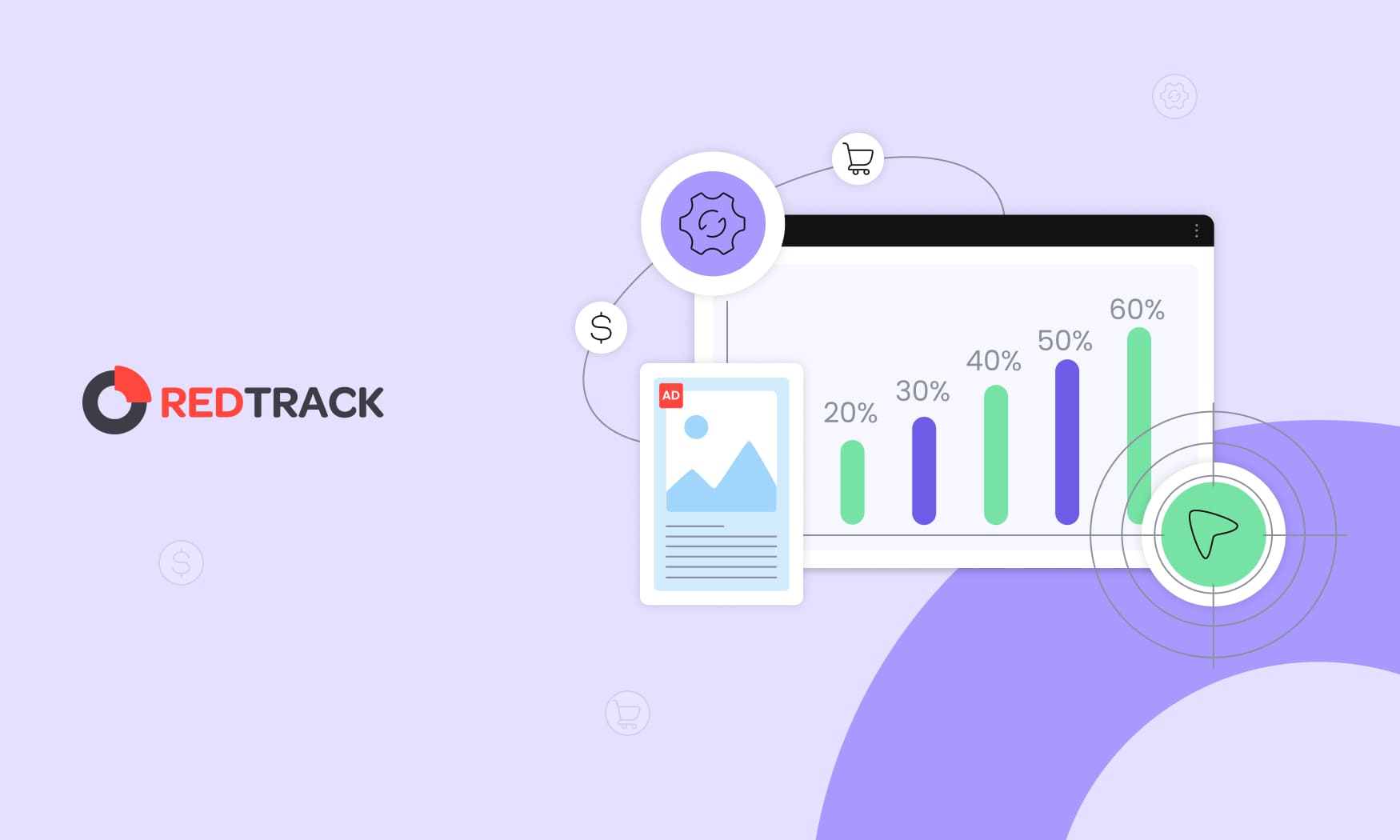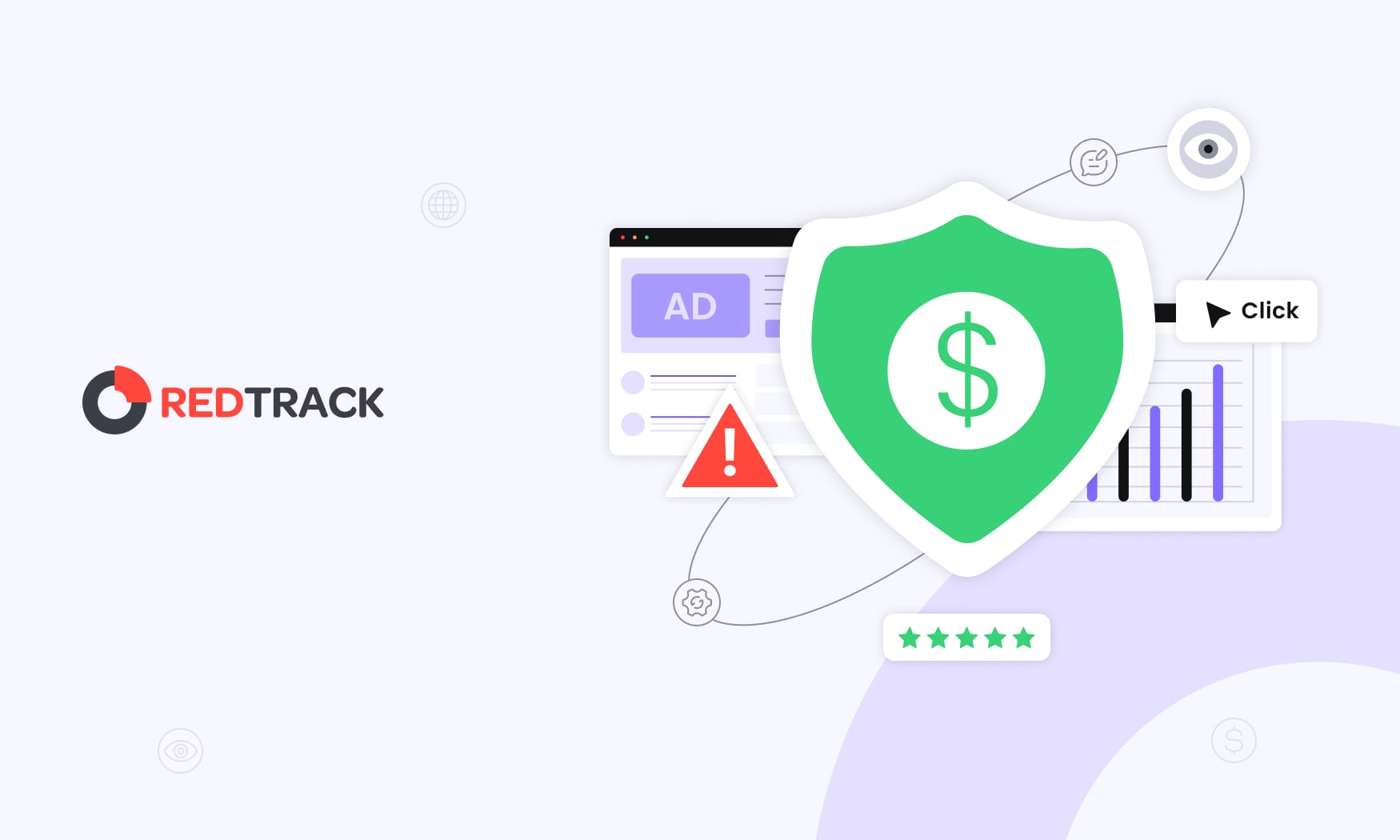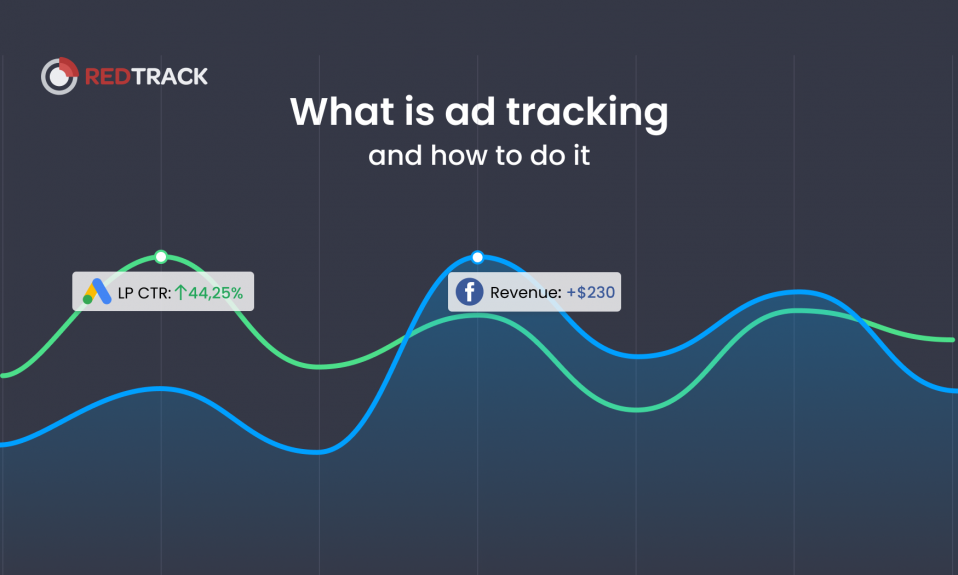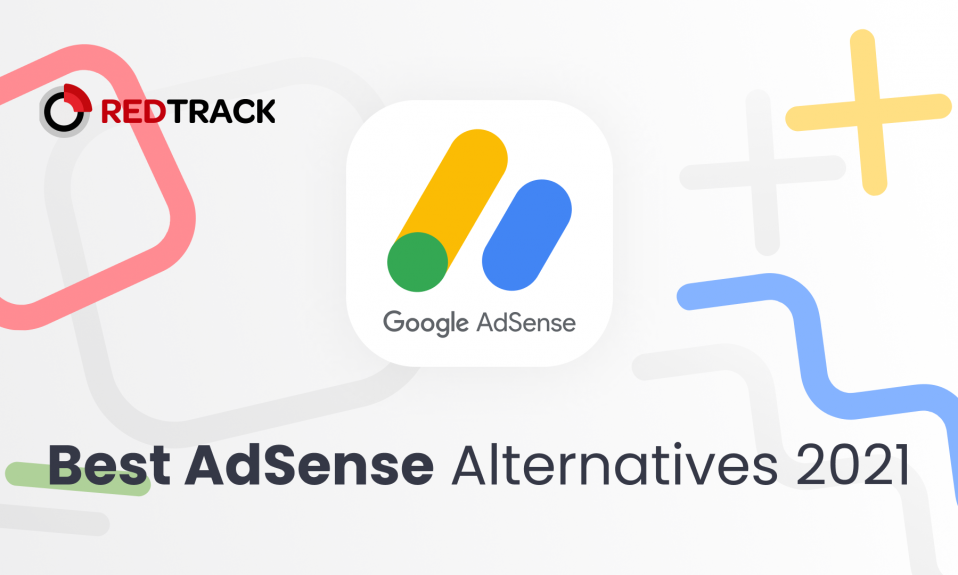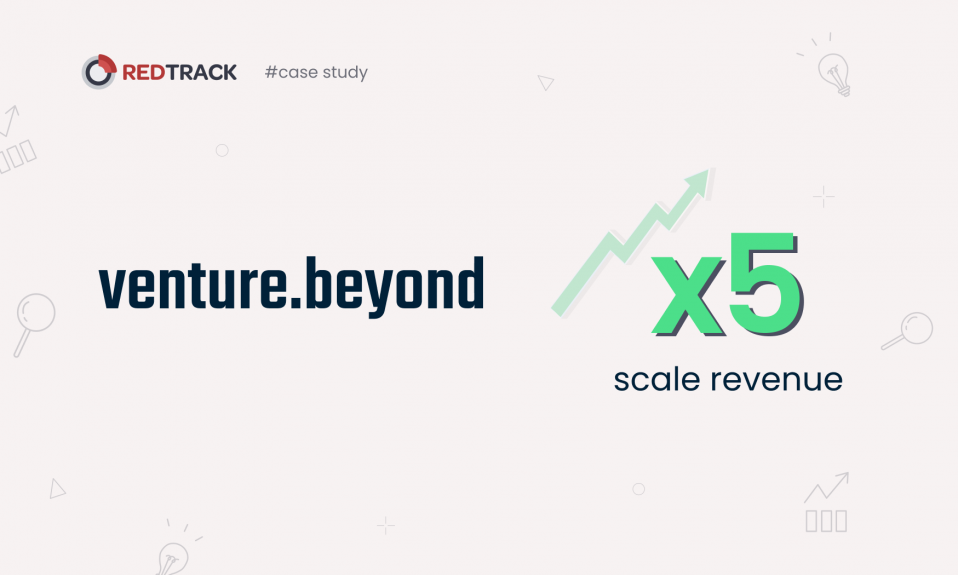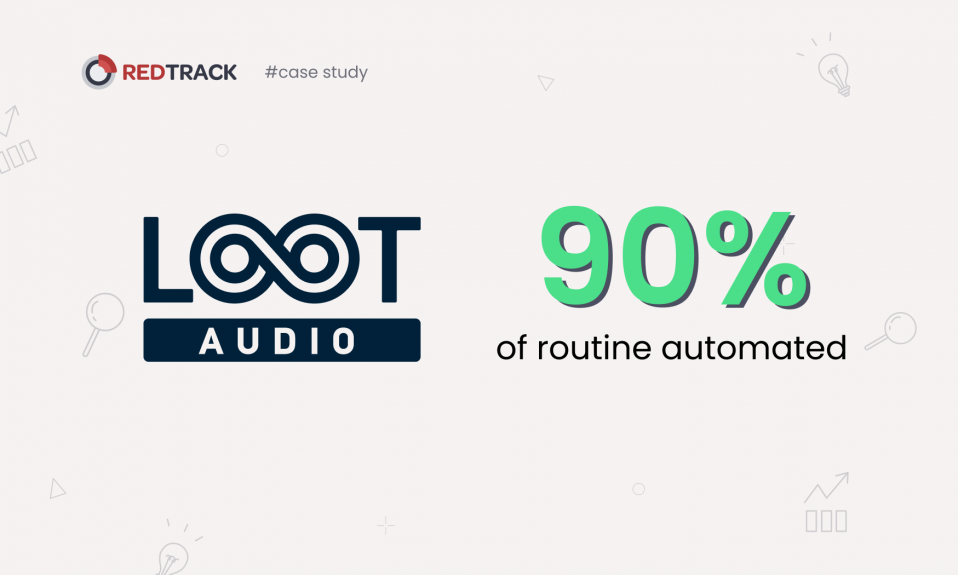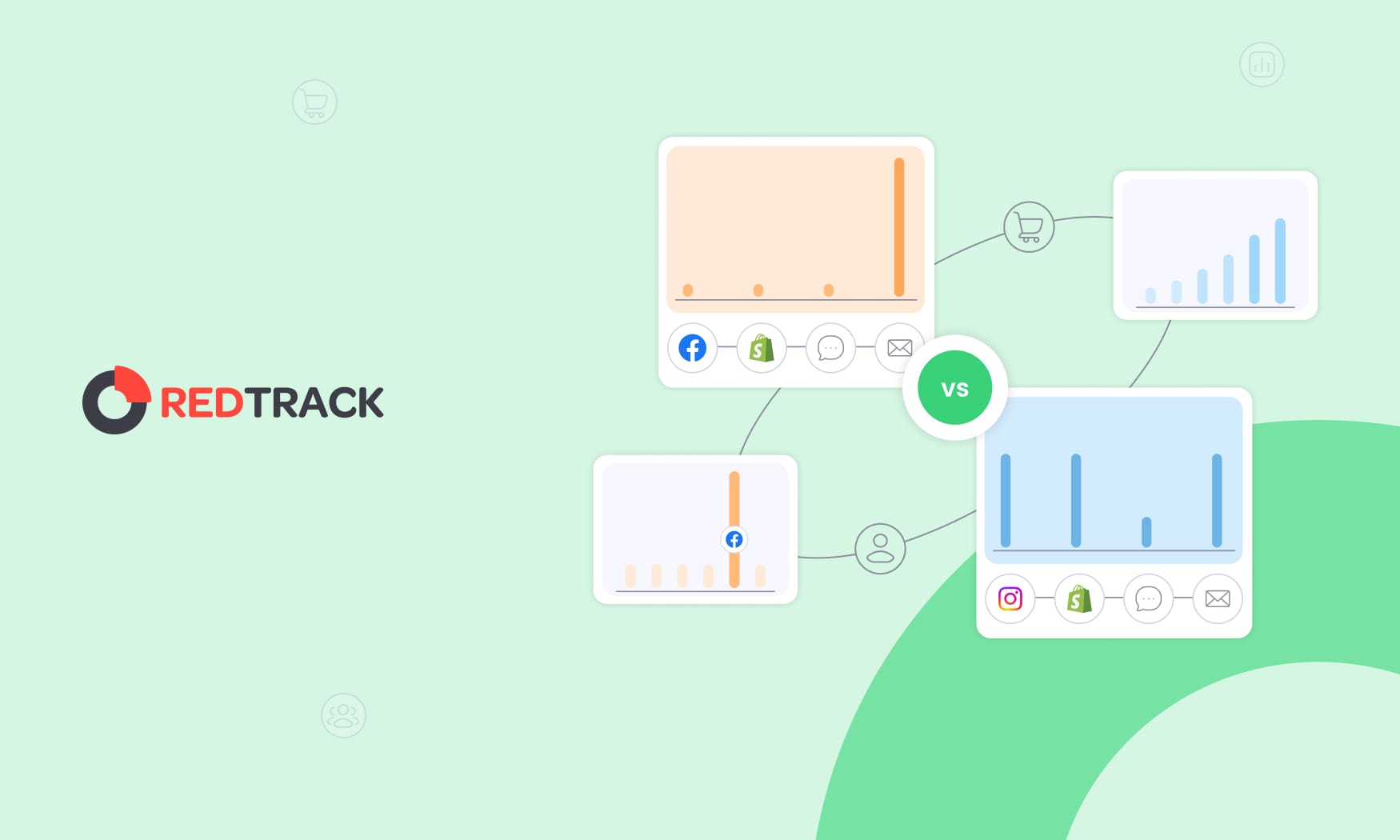
In today’s multi-channel world, customers rarely convert after a single click. They interact with ads, emails, content, and social posts before finally making a decision. For marketing teams, that creates a tough question: which touchpoints truly drive conversions – and which ones don’t?
That’s exactly what attribution solves. By applying the right types of attribution marketing models, you can see how campaigns, channels, and interactions contribute to results. The model you choose shapes how you measure success, allocate budget, and optimize performance.
This guide walks you through the most common options, from simple single-touch approaches to advanced data-driven frameworks. You’ll learn how each model assigns credit, when to use it, and why the “best” model depends on your sales cycle, customer journey, and business goals.
With the right attribution model in place, your marketing decisions become sharper, smarter, and far more profitable.
Overview of Attribution Marketing Model Types
Attribution modeling is the backbone of understanding which marketing efforts truly drive results across your customer’s journey. In simple terms, marketing attribution helps you see which strategies deserve more budget, and which ones aren’t pulling their weight.
Broadly, marketing attribution models fall into two categories:
- Single-touch attribution models → Assign all conversion credit to one touchpoint. Easy to use and interpret, they’re often the first step for teams just beginning with attribution analysis.
- Multi-touch attribution models → Spread credit across multiple interactions, giving a fuller picture of how channels work together to influence conversions.
From there, the most common attribution models include:
- First-touch attribution
- Last-touch attribution
- Linear attribution
- Time-decay attribution
- U-shaped (position-based) attribution
- W-shaped attribution
- Data-driven attribution
Each model highlights different parts of the funnel. Choosing the right one depends on your business model, sales cycle, and goals. Understanding these types equips you to select the approach that delivers the clearest view of performance, and the best path to smarter marketing decisions.
Single-Touch Attribution Models

Single-touch attribution is the most straightforward way to measure conversions. It assigns 100% of the credit to a single touchpoint in the journey, either the first or the last interaction. Because of its simplicity, it’s quick to set up and doesn’t require advanced analytics tools.
The upside is clear: you can easily see which channel or campaign appears to “drive” the most conversions. But that simplicity is also the biggest limitation. For businesses with longer sales cycles, or when customers engage across multiple touchpoints before buying, single-touch models can paint an incomplete picture.
That said, they do have their place. Single-touch attribution works well for brands with short buying cycles, straightforward funnels, or when you’re analyzing a specific stage of the journey.
There are three main types you’ll come across:
- First-touch attribution
- Last-touch attribution
- Last non-direct touch attribution
First-Touch Attribution Model
The first-touch attribution model gives all the credit for a conversion to the very first interaction a customer has with your brand. In other words, it answers: which channel is best at sparking awareness and kicking off the customer journey?
Here’s a quick example: a prospect clicks a Google search ad, later reads a few blog posts, engages with your emails, and finally converts after a Facebook ad. With first-touch attribution, the Google ad gets 100% of the credit, even though several nurturing steps played a role along the way.
This model is especially useful for:
- Brand awareness campaigns aiming to introduce your product or service
- Lead generation efforts where the first contact is key to building your list
- Top-of-funnel activities that attract new prospects not yet ready to buy
- Long sales cycles where initial awareness has an outsized influence on eventual conversion
The strength of first-touch attribution is that it highlights how customers discover you. But the limitation is just as clear: it ignores every interaction after the first one, even if those later touchpoints did the heavy lifting to close the deal.
Last-Touch Attribution Model
The last-touch attribution model flips the script. Instead of focusing on the first interaction, it gives 100% of the credit to the final touchpoint before purchase. This model is widely used, Google Analytics and many platforms set it as the default, because it feels logical: the last click happened right before the conversion, so it must have been the deciding factor.
Here’s an example. A customer first clicks a Facebook ad, later engages with a few email campaigns, comes back through organic search, and finally makes a purchase after typing your site URL directly. With last-touch attribution, that direct visit gets full credit, even though earlier touchpoints clearly influenced the journey.
This model is particularly helpful for:
- Short sales cycles where decisions happen quickly
- E-commerce purchases with straightforward conversions
- Retargeting campaigns designed to close warm leads
- Direct response efforts where immediate action is the goal
The advantage? It’s simple and shows which channels seem to “close the deal.” The drawback? It undervalues the awareness and nurturing steps that often made the conversion possible in the first place.
Last Non-Direct Click Attribution
The last non-direct click attribution model is a smarter variation of last-touch. Instead of giving credit to a direct visit, it assigns the conversion to the last marketing channel before that direct interaction. The idea is simple: most direct visits aren’t random – they’re the result of earlier marketing touches the customer doesn’t consciously recall.
Here’s how it plays out. A prospect clicks an email campaign, then returns to your site directly an hour later to purchase. In this model, the email gets full credit, not the direct visit.
Why does this matter? Because direct traffic is rarely the true driver of conversions – it’s usually the outcome of earlier campaigns. By filtering direct visits out of the equation, this model gives you a clearer view of which channels actually pushed customers to act.
Multi-Touch Attribution Models

Multi-touch attribution takes a step beyond the simplicity of single-touch. Instead of crediting just one interaction, it spreads conversion credit across all the key touchpoints in the customer journey. This reflects how people actually buy today – rarely after just one click.
The strength of multi-touch models is their bigger-picture view. Awareness campaigns, nurturing emails, remarketing ads, each plays a role, and this approach ensures they all get recognized. You see how channels work together, not just which one appears last in line.
These models are especially valuable for:
- Complex sales cycles with longer decision-making
- High-consideration purchases where customers need multiple touches before buying
- B2B deals involving several stakeholders and touchpoints
- Nurture-heavy funnels where prospects engage over time before converting
Multi-touch attribution helps you understand the full journey, not just the first or last click.
Let’s look at the five main types:
- Linear attribution
- Time-decay attribution
- U-shaped attribution
- W-shaped attribution
- Data-driven attribution
Linear Attribution Model
The linear attribution model spreads conversion credit equally across every touchpoint in the customer journey. Position, timing – it doesn’t matter. Every interaction gets the same share of credit.
For example, imagine a journey with five touchpoints: a Google search ad, a blog visit, an email click, a social media interaction, and finally a direct site visit. Under the linear model, each one gets 20% of the credit.
This approach is helpful when:
- You believe all channels contribute equally to conversion
- You want to promote a balanced, multi-channel strategy
- Customer journeys tend to be similar in length and complexity
- You’re testing models and need a neutral baseline view
The strength of linear attribution is its fairness – every channel gets acknowledged. But there’s a trade-off. Equal weighting can blur the true impact of critical touchpoints, making it harder to see which steps really drive conversions.
For marketers trying to allocate budget strategically, the linear model sometimes feels too flat. It’s a good starting point, but not always the best guide for optimization.
Time Decay Attribution Model
The time-decay attribution model gives more weight to touchpoints that happen closer to the conversion. The logic is simple: the interactions that occur right before a purchase usually have a stronger influence than those weeks earlier.
Picture a multi-week journey. A customer engages with several touchpoints, but under this model, the most recent interactions carry the most credit. For example:
- Final touchpoint → 50% credit
- Second-to-last → 30%
- Third → 15%
- Earliest → 5%
This approach works especially well for:
- Promotional campaigns where urgency drives action
- Moderate sales cycles where both nurturing and timing matter
- Re-engagement strategies focused on pulling prospects back when they’re ready
- Research-heavy industries where intent builds gradually before the purchase
The strength of time-decay attribution is that it highlights what pushes people to act right now, while still giving some recognition to earlier awareness-building efforts.
U-Shaped (Position-Based) Attribution Model
The U-shaped attribution model (often called position-based attribution) splits credit between the two most critical milestones in a journey: the first interaction and the last interaction. Each gets 40% of the conversion credit, while the remaining 20% is shared equally across all middle touchpoints.
Here’s what it looks like in a five-step journey:
- Google search ad (first touch): 40%
- Blog post visit: 6.67%
- Email click: 6.67%
- Social media interaction: 6.67%
- Direct purchase visit (last touch): 40%
This model shines in scenarios where both awareness and closing are equally vital. It’s particularly useful when:
- You need to balance top-of-funnel and bottom-of-funnel efforts
- Customer journeys consistently include a discovery phase and a closing step
- Both acquisition campaigns and conversion campaigns must prove value
- Teams want attribution that demonstrates contribution across the funnel
The advantage of U-shaped attribution is its balance. It acknowledges the first spark of awareness, the final nudge to purchase, and the supporting touches in between – without letting any single step overshadow the rest.
W-Shaped Attribution Model
The W-shaped attribution model expands on position-based attribution by giving weight to three pivotal milestones in the funnel: first touch, lead creation, and opportunity creation. Each milestone receives 30% of the credit, while the remaining 10% is shared across all other touchpoints.
Here’s how it breaks down:
- First touch (30%) → The very first interaction, such as a search ad click or social post
- Lead creation (30%) → When a visitor converts into a lead, often via a form submission or gated content
- Opportunity creation (30%) → The stage where the lead becomes sales-ready, usually after a demo request or pricing inquiry
- Other touchpoints (10%) → Supporting interactions spread evenly across the journey
This model is especially valuable when:
- You’re dealing with complex B2B sales cycles and multiple decision-makers
- Your business has defined lead qualification stages with scoring processes
- Marketing efforts are mapped to specific funnel milestones beyond awareness and purchase
- Lead creation is itself a key business milestone that deserves recognition
The W-shaped model provides deeper clarity into which campaigns influence critical conversion stages, giving teams sharper insights for optimization and budget allocation. Instead of just seeing what started or closed the deal, you can pinpoint which efforts drove momentum in the middle of the funnel too.Advanced Attribution Model Types
As marketing attribution has evolved, advanced attribution models have emerged that leverage machine learning, artificial intelligence, and custom business logic to provide more sophisticated attribution analysis. These models move beyond rule based models to deliver insights tailored to specific business needs and customer behavior patterns.
Data-Driven Attribution Models
Among all types of attribution models, data-driven attribution (DDA) is the most advanced. Instead of following fixed rules, it uses machine learning algorithms to analyze large sets of conversion data and assign credit based on the real impact of each touchpoint.
Here’s the difference: while rule-based models divide credit according to a predetermined formula, DDA evaluates actual customer behavior. It studies how touchpoints interact, identifies patterns, and continuously adjusts as new data comes in. That means the model gets smarter (and more accurate) the longer it runs.
Platforms like Google Analytics 4 and Google Ads already support DDA, but there’s a catch: they typically require significant volume (often 15,000+ conversions in 30 days) to detect statistically reliable patterns. Without that level of activity, the algorithm can’t confidently assign credit.
The advantages of data-driven attribution include:
- Automatic optimization informed by real behavior, not assumptions
- Ongoing learning that improves accuracy as more data accumulates
- Ability to handle complex, non-linear journeys traditional models can’t
- Less bias, since credit isn’t locked to rigid rules
That said, DDA isn’t without challenges. It often functions like a black box, where marketers see results but not the reasoning behind them. It also requires technical expertise to interpret correctly and apply the findings across marketing campaigns.
For brands running multi-channel marketing campaigns at scale, though, data-driven attribution is a powerful way to uncover which touchpoints actually move the needle, and adjust spend with confidence.
Custom Attribution Models
Not every business fits neatly into standard types of attribution models. That’s where custom attribution models come in. They let you build a framework tailored to your customer journey, sales cycle, and business priorities, assigning credit weights based on what actually drives conversions in your world.
Take a B2B software company as an example. A custom model might look like this:
- 50% credit → demo requests (the strongest buying signal)
- 30% credit → whitepaper downloads (a reliable lead-qualification step)
- 20% credit → initial ad clicks (important for awareness but less predictive of purchase)
Custom models are especially useful for:
- Unique sales processes that don’t align with standard frameworks
- Companies that want to measure offline touchpoints like trade shows, calls, or meetings
- Organizations with specific business priorities that need to guide budget allocation
- Marketing teams that have deep customer insights to inform weighting decisions
The challenge? Bias. It’s easy to assign weights based on what you think matters, rather than what the data proves. To get it right, custom models should be paired with continuous testing and validation.
When done well, though, custom attribution offers a powerful way to align measurement directly with your strategy – and make sure your marketing campaigns are evaluated on the metrics that matter most.
Choosing the Right Attribution Model Type
There’s no universal “best” attribution model.
The right fit depends on your sales cycle, the number of touchpoints in a typical journey, your team’s goals, and the data you have available.
For businesses with short sales cycles and fast purchase decisions, single-touch attribution often works well.
An e-commerce brand might lean on last-touch attribution to see which campaigns drive immediate sales, while a company focused on brand awareness may find first-touch attribution more useful.
On the other hand, businesses with longer cycles or multiple decision-makers usually benefit from multi-touch models, since they capture the nurturing steps that influence the final outcome.
The number of interactions before conversion also plays a role!
If most of your customers convert after one or two touches, a simple model may be enough. But if they regularly engage with ads, emails, content, and search before making a decision, multi-touch attribution becomes essential for accuracy.
It’s just as important to match the model with your team’s priorities. A marketing team focused on top-of-funnel acquisition might prioritize first-touch attribution, while one emphasizing conversion optimization will likely prefer last-touch. Full-funnel teams usually need a multi-touch model to understand performance across every stage.
Finally, consider the resources you have!
Data-driven attribution delivers the most precise insights, but it requires a significant volume of conversions and technical expertise. Simpler models like linear or time-decay can be implemented more easily using tools such as Google Analytics.
Most marketing teams benefit from starting simple, using first- or last-touch to set a baseline, and then progressing to linear or other multi-touch models as they gain confidence. What matters most is choosing a model that reflects how your customers actually buy, and provides insights your team can act on.
Here’s a practical framework for attribution model selection:
| Business Characteristic | Recommended Attribution Model |
| E-commerce with quick purchases | Last-touch or Time Decay |
| B2B with long sales cycles | W-shaped or Custom |
| Lead generation focus | U-shaped or First-touch |
| Content marketing emphasis | Linear or First-touch |
| Account-based marketing | Custom with account-level weights |
| High-volume conversions | Data-driven |
Industry-Specific Attribution Model Recommendations
No two industries follow the same path to conversion.
Choosing the right attribution model means looking closely at your customer journey, your sales cycle, and the channels that actually influence results. Patterns vary, but here’s how different types of businesses often approach attribution in practice.
For e-commerce brands, quick purchase decisions usually make time-decay or last-touch attribution a strong fit. Shoppers might find a product through a search ad, compare a few sites, and complete the order within hours or days.
In these cases, the touchpoints closest to conversion carry the most weight. But when selling higher-consideration items (like luxury goods, electronics, or furniture) a U-shaped model often works better because it recognizes both the discovery stage and the final buying trigger.
B2B SaaS companies usually need a more sophisticated framework. Their funnels involve multiple touchpoints across long evaluation cycles, demo requests, and trial sign-ups.
A W-shaped attribution model often works well because it highlights first touch, lead creation, and opportunity creation. Some SaaS businesses even build custom models to emphasize milestones like webinars, sales interactions, or customer success activities that lead to upsells.
For lead generation businesses, U-shaped attribution is often ideal. The first touch creates awareness and captures contact details, while the last touch drives the actual conversion. Both moments matter equally, and the model reflects that balance.
Content-driven organizations tend to benefit from linear or first-touch attribution. Their digital marketing strategy revolves around blog posts, guides, and videos that steadily build trust. In these cases, every touchpoint contributes to the prospect’s decision, so equal credit (or extra weight on the first discovery) makes sense.
Finally, account-based marketing (ABM) calls for custom setups. These strategies must account for account-level interactions, not just individual ones. A tailored attribution model might give more weight to senior decision-maker engagement or prioritize specific channels used to reach high-value accounts.
The key takeaway: don’t rely on generic best practices. Your customer journey, sales cycle, and marketing mix are unique. The most effective model is the one that reflects how your buyers actually move through the funnel, and gives you the insights needed to optimize spend and scale results.
Conclusion – Implementing Attribution Models for Marketing Success
Choosing the right attribution model is only the first step. Real success comes from how you implement it, integrating data, keeping measurement consistent, and actually using attribution insights to guide smarter decisions.
It all starts with your data foundation. You need accurate tracking across every channel in your stack – ads, email, organic, even offline touchpoints. While tools like Google Analytics cover some basics, they fall short when it comes to cross-channel accuracy or revenue attribution.
That’s why RedTrack is a must-have.
It unifies clicks, conversions, and revenue from all sources in one place, giving you a reliable single source of truth.
Testing multiple models side by side is another critical step. Businesses that compare single-touch, multi-touch, and even data-driven attribution often uncover surprising patterns. RedTrack makes this seamless, letting you switch between attribution models instantly, so you can validate insights before shifting budgets.
The focus should always be on actionable insights. Attribution isn’t about perfect accuracy, but about giving you the clarity to invest more in what works and cut what doesn’t. With RedTrack, you can see not just CTRs or impressions, but which touchpoints truly move revenue.
Of course, every model has its limits.
Even the most advanced data-driven setups can’t capture everything, like brand equity or word-of-mouth. That’s why RedTrack integrates attribution into a bigger measurement framework, helping you combine model insights with tests like incrementality studies and customer feedback loops.
And remember – your attribution approach should evolve as your business grows. The model that works for a lean e-commerce store won’t be the same one a scaling SaaS company needs. RedTrack gives you that flexibility, so you can adapt attribution strategies as new products launch, markets change, and customer behavior shifts.
Attribution modeling isn’t just about explaining past results – it’s about predicting future outcomes and optimizing campaigns in real time. Whether you lean on a simple single-touch model or an advanced multi-touch approach, RedTrack ensures consistent implementation, reliable insights, and ongoing optimization.
With RedTrack, you don’t just “do attribution.” You turn data into growth, align spend with outcomes, and build a marketing engine that gets sharper with every campaign.


